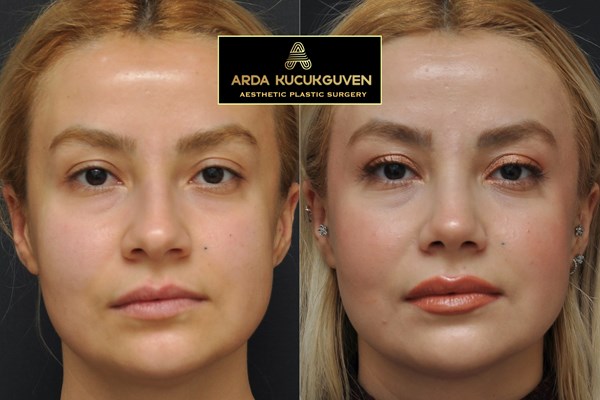
1 year post-op
Open rhinoplasty is a surgical technique used to reshape and enhance the appearance of the nose. It is called "open" because it involves making a small incision across the columella, the strip of tissue that separates the nostrils, in addition to incisions inside the nostrils. This approach provides our surgeons with better visibility and access to the nasal structures, allowing for more precise alterations.
| Procedure Time | 2 hours |
| Overnight Stay | No |
| Gym | 1 month off before returning to the gym |
| Anaesthesia | General |
| Full Recovery | Typically 6 months, but varies among individuals and depending on surgical techniques used. |
| Time Off Work | Usually 2 weeks, depending on the nature of the patient's job. |
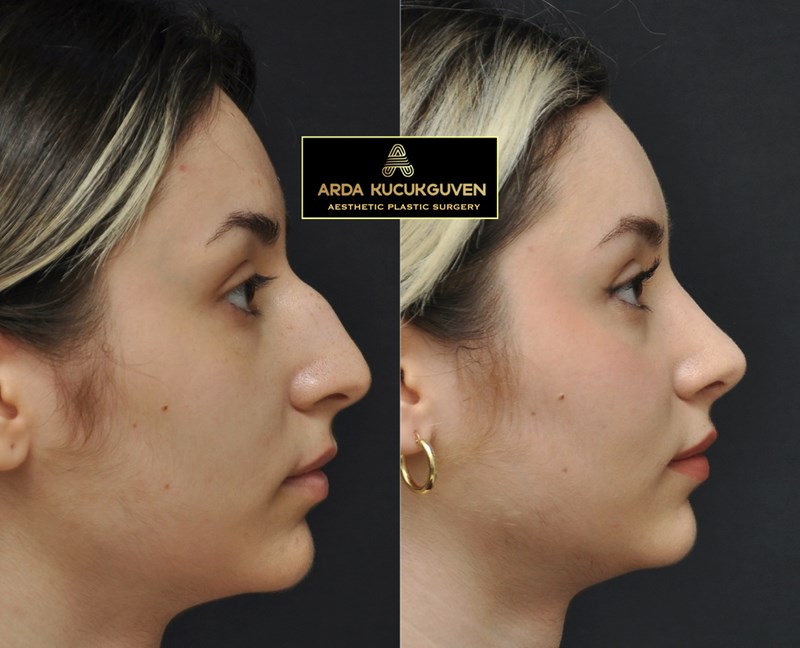
The open rhinoplasty technique is often preferred for complex nasal deformities or cases requiring significant structural changes, as it provides the surgeon with enhanced control and visibility. It allows for more extensive modifications and accurate placement of grafts or implants, if needed, to achieve the desired aesthetic and functional outcomes.
While open rhinoplasty may result in a small scar across the columella, it typically heals well and becomes barely noticeable over time. The benefits of improved visibility and precision often outweigh the minimal scarring associated with the open approach.
If you're interested in a Brow Lift and would like to know more about how it could work for you, book a consultation today.
Open rhinoplasty involves making a small incision across the columella, in addition to incisions inside the nostrils, providing better visibility and access to the nasal structures. Closed rhinoplasty, on the other hand, involves making all incisions inside the nostrils, without an external columellar incision. The choice between open and closed rhinoplasty depends on the specific goals of the surgery.
Open rhinoplasty can address both cosmetic concerns and functional issues, such as breathing difficulties caused by a deviated septum or nasal valve collapse. In some cases, the surgeon may perform additional procedures during open rhinoplasty to improve nasal airflow and breathing. Your surgeon will evaluate your nasal function during the consultation and discuss any necessary functional improvements.
While some improvement in nasal appearance may be visible immediately after open rhinoplasty, the final results of the procedure may take several months to be seen. Swelling gradually subsides over time, revealing the final shape of the nose. Patients can expect to see significant improvements within the first few weeks to months after surgery, with continued refinement over the following year.
The level of discomfort experienced after rhinoplasty can vary among individuals, but open rhinoplasty is not inherently more painful than closed rhinoplasty. Both techniques involve surgical manipulation of the nasal structures, and discomfort is typically well managed with pain medication prescribed by your surgeon. Any discomfort experienced after surgery is temporary and generally subsides as healing progresses.
Yes, a nasal splint or cast is typically placed on the nose after open rhinoplasty to help support and protect the nasal structures during the initial healing period. The splint helps maintain the new shape of the nose and reduces swelling. It is usually removed by your surgeon within one to two weeks after surgery, depending on your individual healing progress.

1 year post-op
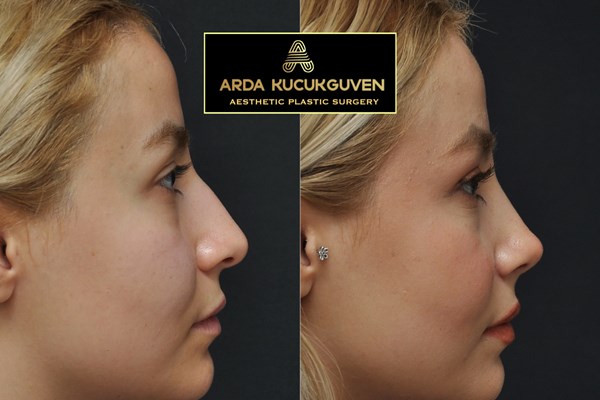
1 year post-op
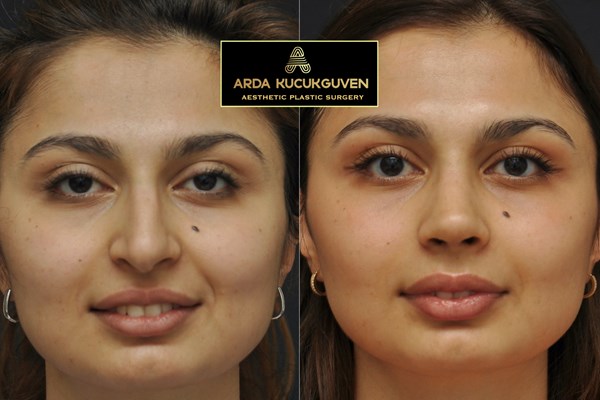
1 year post-op
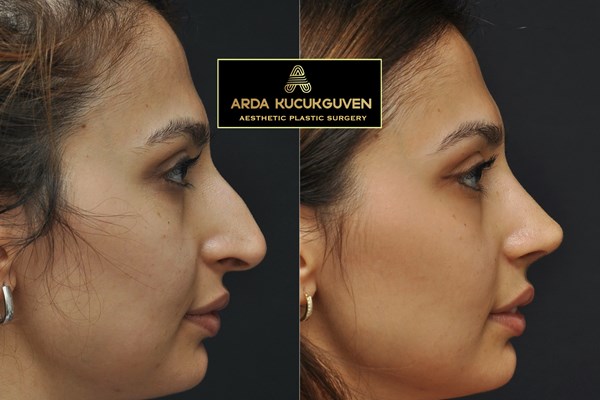
1 year post-op
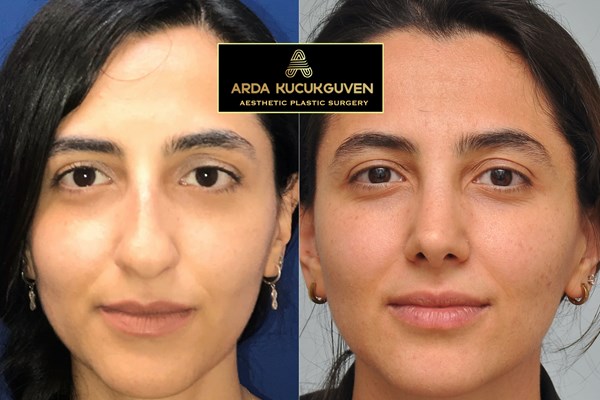
1 year post-op
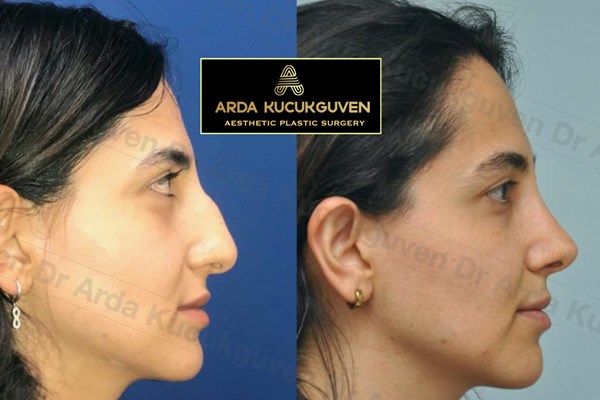
1 year post-op
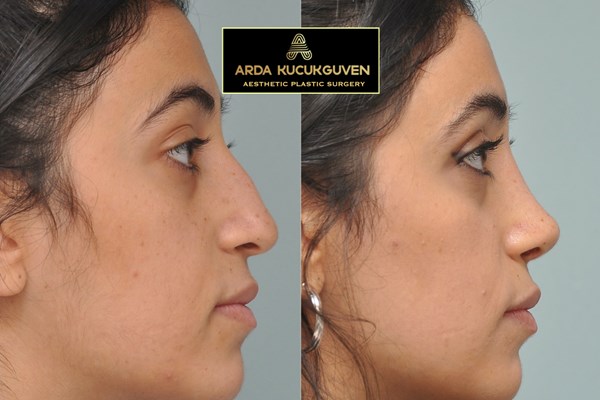
1 year post-op
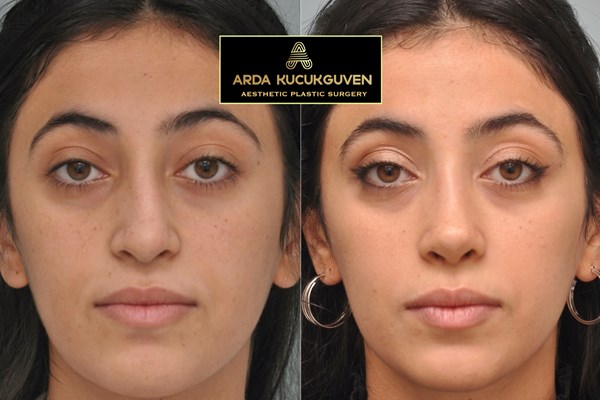
1 year post-op
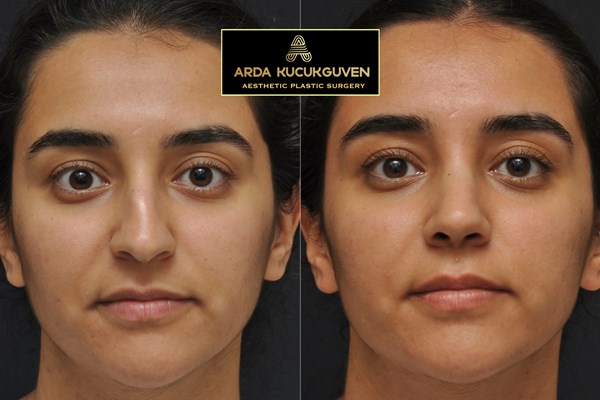
1 year post-op
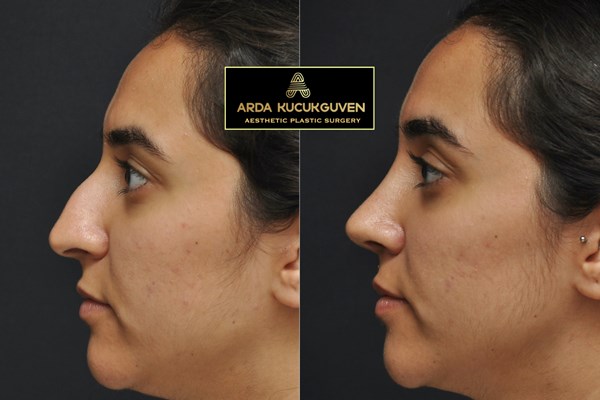
1 year post-op
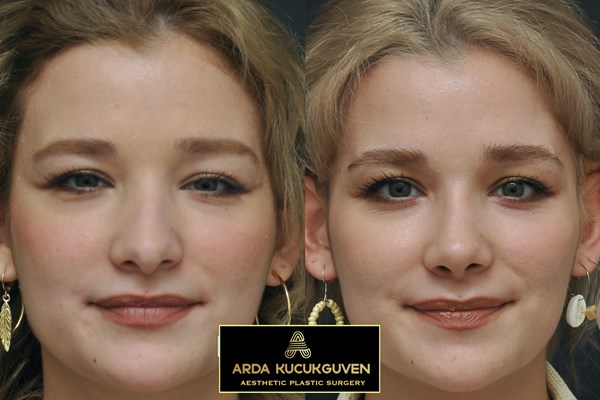
1 year post-op
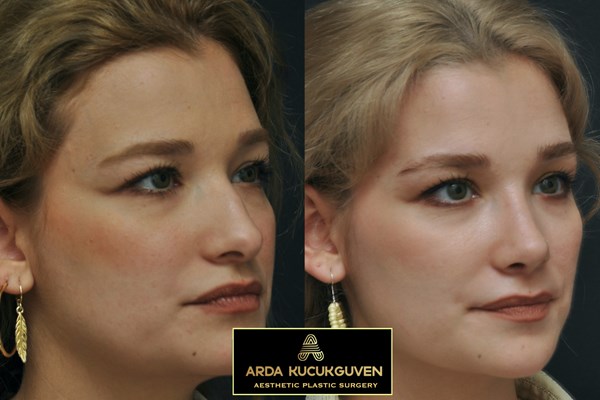
1 year post-op
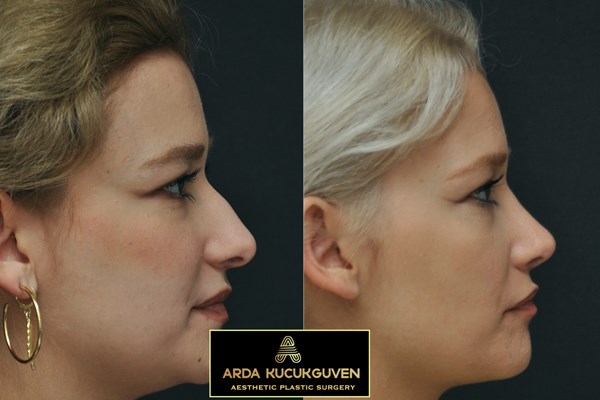
1 year post-op
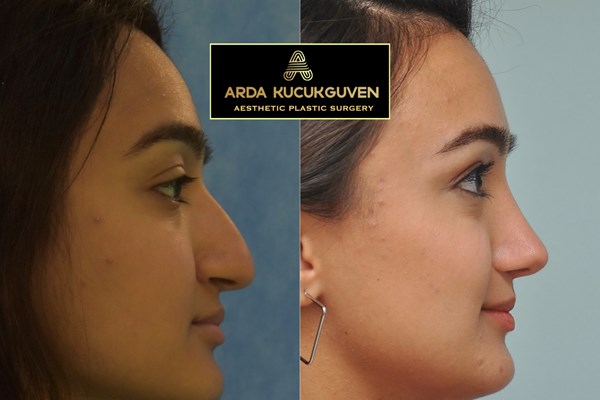
1 year post-op
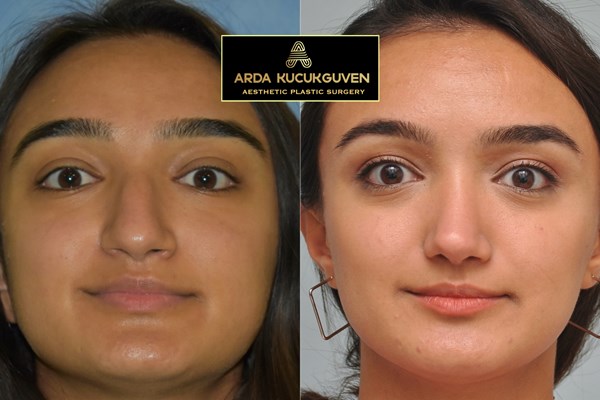
1 year post-op
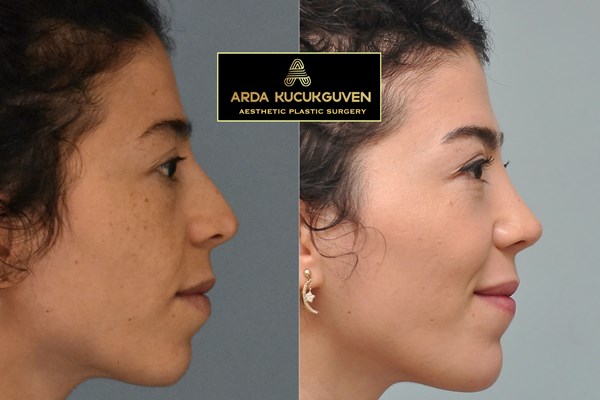
1 year post-op
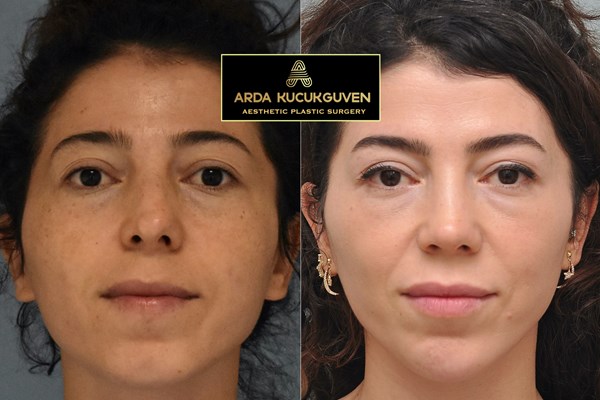
1 year post-op
Dr. Arda Kucukguven is a highly skilled European Board-Certified dual-trained plastic and maxillo-facial surgeon specialising solely in facial aesthetic surgery.
Dr Küçükgüven has worked as a consultant plastic surgeon at the famous cranio-maxillo-facial centre at Hacettepe University Hospital in Ankara, Turkey for 6 years. During his time here his specialist interests included research into facial anatomy, facial rejuvenation surgery and complex facial reconstruction.
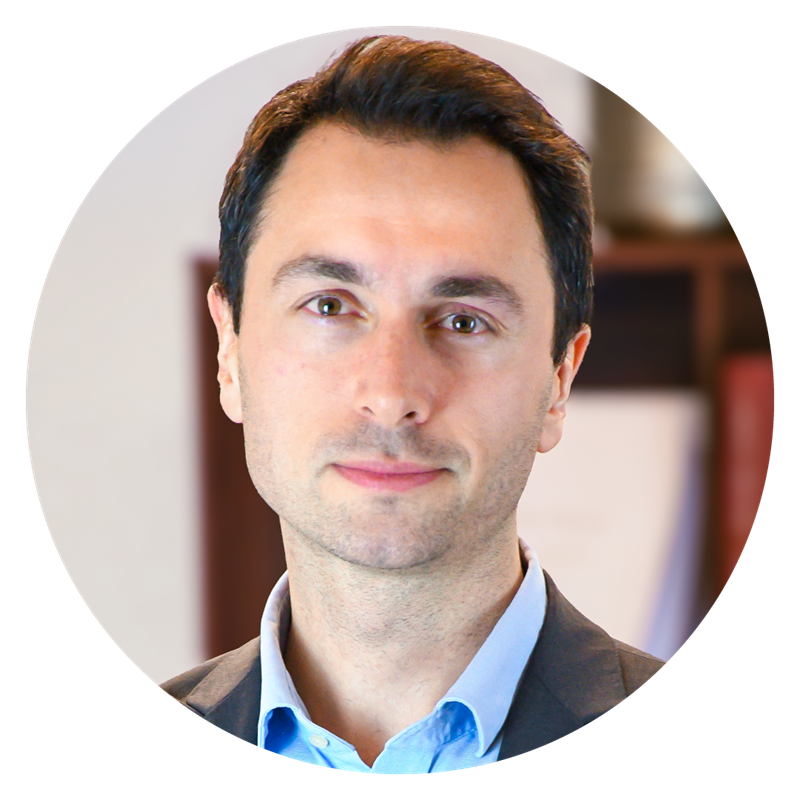
Enter your details here and Jayne, our practice manager, will be in touch to schedule your consultation.